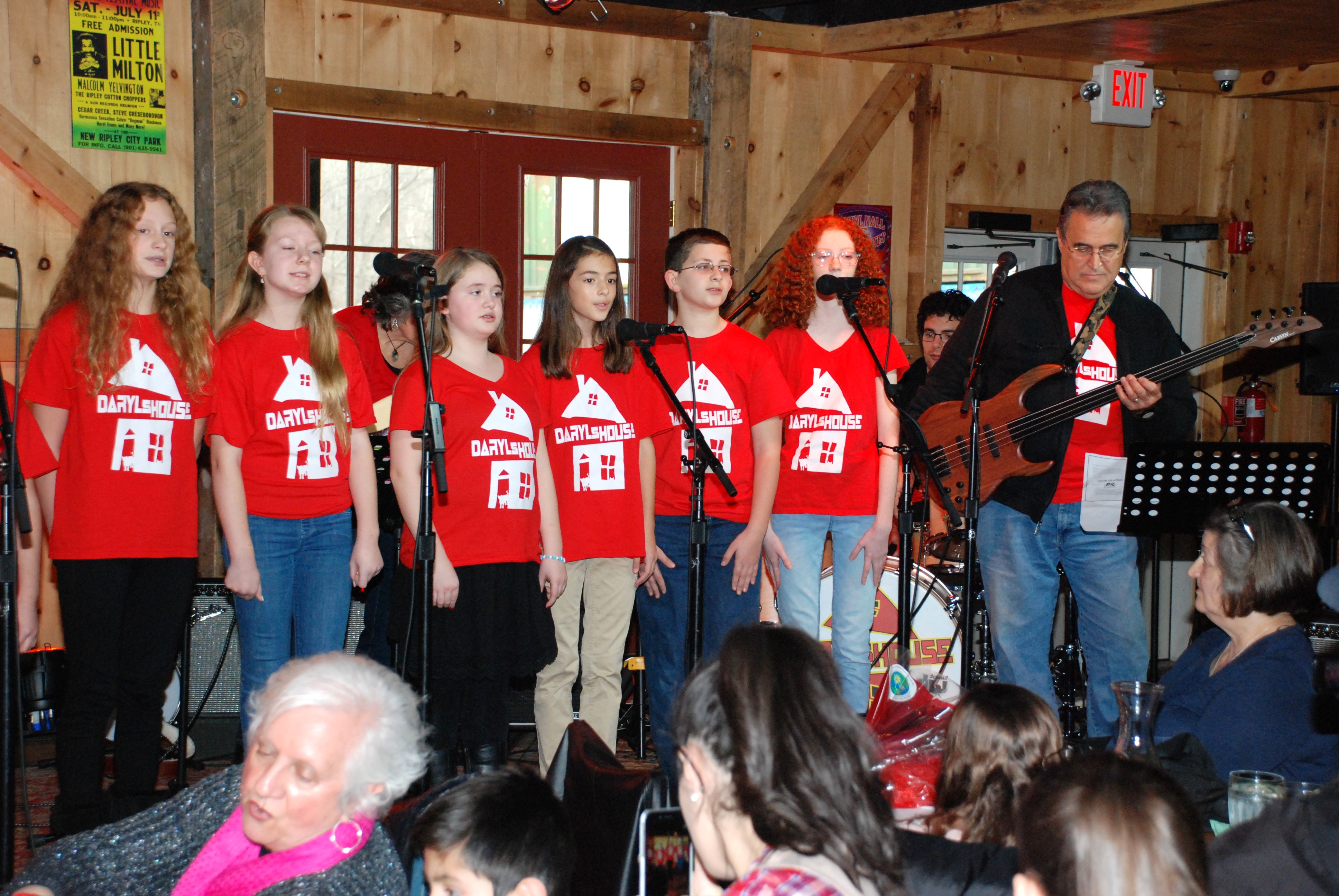Home Guru: More Living with Less Space, Possible with Convertible Furniture

By Bill Primavera
In the early days of our marriage, my wife and I lived in a small New York City studio apartment, and we had to make the most of what space we had. Some of our neighbors opened up floor space by sleeping on Murphy beds that folded up vertically into the wall. We opted instead to purchase an extra-long convertible sofa, a Lawson style, upholstered in red velvet, and had that as our regular bed. It followed us through many moves, and the daily ritual of folding the sofa up again early in the morning became ingrained in us.
Eventually we settled into our home in the suburbs and acquired a queen-sized bed in its own bedroom. Our old convertible sofa became part of our living room furniture. We imagined that it could still be unfolded for our relatives when they came to visit, but as we already had a separate guest bedroom with its own bed, the sofa was opened up for company only rarely, mainly on Christmas Eve when relatives visiting from a distance stayed over. After many years we finally brought it to the curb and replaced it with a more delicate – but admittedly less adaptable – pink Sheraton-style settee. We felt fortunate to have enough rooms to meet our needs. But now, as we look forward, we see the appeal of having less house to tend to. Eventually we will downsize, yet we will still want to entertain and have family over as before. I decided to investigate convertible furniture to see if it has evolved from my old city days.
There is no doubt that the fold-out sofa is the classic choice for temporary guest bedding, although many of us dread spending a night over that infamous metal bar that runs across the width of the mattress. Fortunately, a little research at sites such as Apartment Therapy or Consumers Digest can give you advice for choosing the newest comfortable brands. One alternative to the fold-out is a day-bed with a slide-out trundle underneath, turning a sofa into two side-by-side twin beds. Another is the ingenious sofa bunk bed, which unfolds upward, revealing easily-positioned ladder rungs and safety rails.
For the more experimental, many manufacturers offer geometric foam pieces that can be rearranged like building blocks into a sofa, a day bed, or a low table with extra blocks on the floor for seating. I’m not sure how much I would enjoy picking myself up off the floor after sleeping on that foam, but the younger or more limber among us may want to try it.
Once you know where your guests will be sleeping, it’s time to find them a place to sit and eat. The most traditional way to expand your dining table is to buy one that accommodates extra panels in the center, and perhaps unfold a card table for the overflow.
But if your space is too small for a dedicated dining table, there are still alternatives. One of my favorites is the fold-down table, where one edge is joined to the wall with hinges. When open, the legs unfold down for support, and when closed, the legs and eating surface lie flat against the wall. Some models, available online for the DIYer, reveal medicine-cabinet sized storage when the table is folded down. Other versions, such as those made by IvyDesign, turn the underside of the table into a framed work of art once it is folded up.
Even small items of furniture can give you more space when you need it. Not only can sets of end tables nest into each other, but with design ingenuity even chairs and coffee tables can be stored in a similar way.
For the ultimate in space efficiency, one can marvel at the highly-engineered components that make up accordion-style apartments, where sliding and pivoting structured transform one room into three or more. The traditional Murphy bed, for example, not only folds up into the wall, but it might pivot to reveal bookcases and a fold-down table on the other side. What looks like a solid wall might easily slide forward, similar to the mobile shelving in museum archives, to create a new mini-room with bunk beds or other storage that unfold from the newly revealed wall.
While I don’t see myself returning to the days of folding my bed away every morning, I can certainly handle stacking a few coffee tables, matryoshka doll-style, after company leaves. Even this long-time suburban homeowner can adapt to using space in a new way.
Bill Primavera is a Realtor® associated with William Raveis Real Estate and Founder of Primavera Public Relations, Inc., the longest running public relations agency in Westchester (www.PrimaveraPR.com). His real estate site is www.PrimaveraRealEstate.com, and his blog is www.TheHomeGuru.com. To engage the services of The Home Guru to market your home for sale, call 914-522-2076.

Examiner Media – Keeping you informed with professionally-reported local news, features, and sports coverage.

